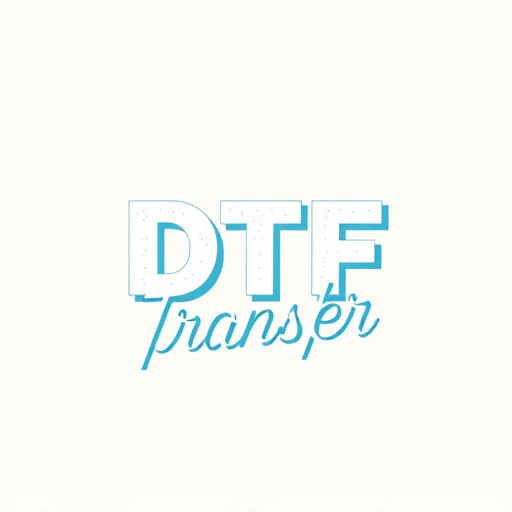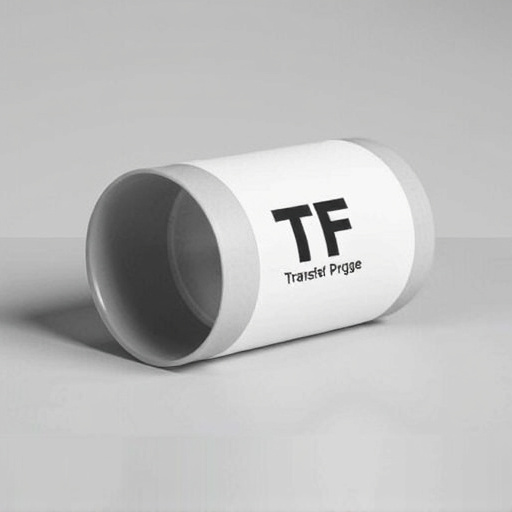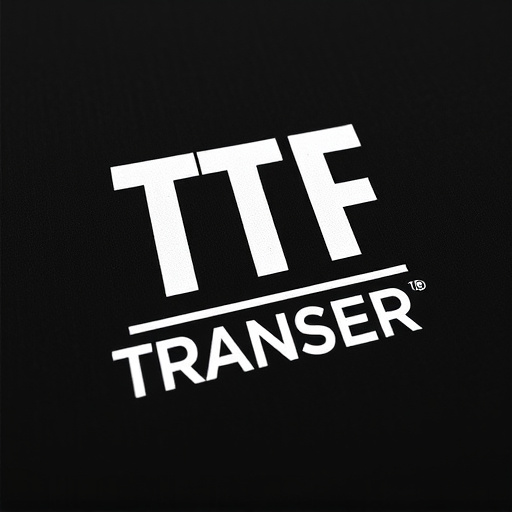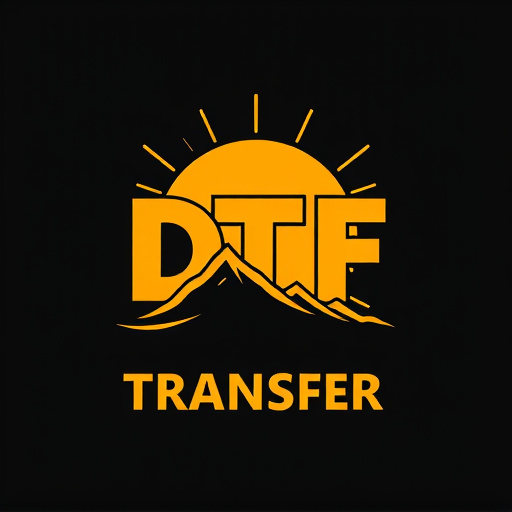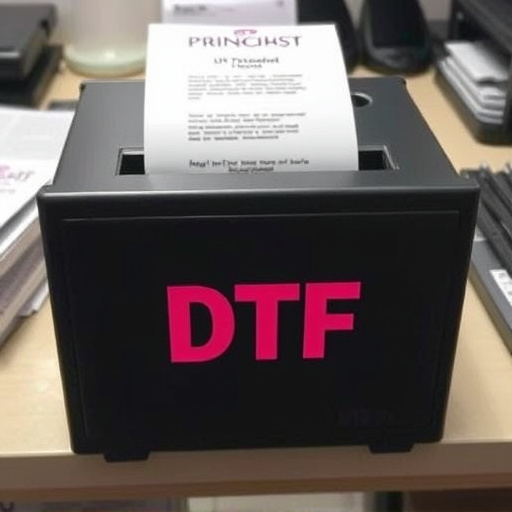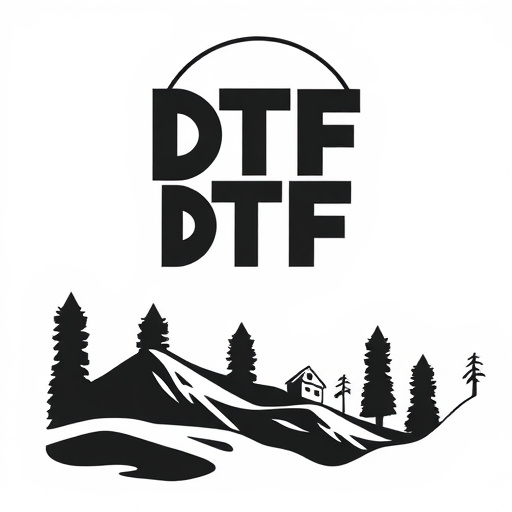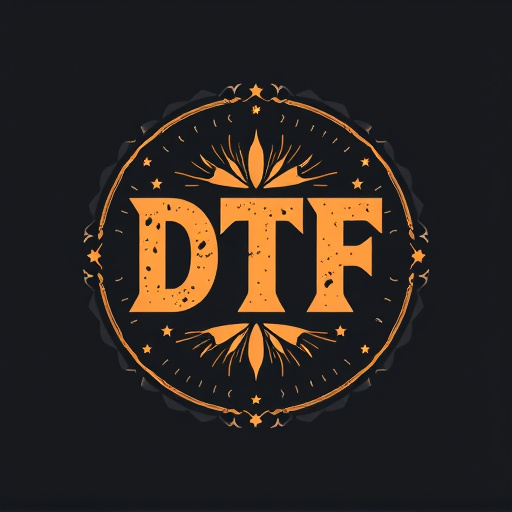DTF transfers are revolutionizing the apparel industry by offering exceptional print quality on various fabrics, making them a favorite for creating unique, high-quality custom designs. This technology prints directly onto special paper, then transfers to clothing, ensuring vibrant colors and precise detail. DTF inks provide scratch resistance and maintain vibrancy after multiple washes, ideal for everyday wear. The process involves vectorization of designs, specialized software preparation, and direct embedding of inks into fabric using heat and pressure. Choosing the right materials and proper design considerations ensure high-quality prints, with cotton/polyester blends popular choices. DTF transfers have transformed custom apparel, allowing businesses and artists to create distinctive designs for endless customization.
“Unleash your creativity with Direct-to-Fabric (DTF) transfers, a game-changing technique for printing on sweatshirts and hoodies. This innovative process allows for high-quality, vibrant designs that truly stand out. In this comprehensive guide, we’ll explore the benefits of DTF for your favorite apparel, delve into the printing process, and provide expert tips for choosing materials and designing eye-catching visuals. From popular application ideas to customization inspiration, discover why DTF transfers are a must-have for any fashion enthusiast.”
- Understanding DTF Transfers: A Comprehensive Overview
- Benefits of DTF for Sweatshirts and Hoodies
- The Printing Process: From Design to Final Product
- Choosing the Right Materials for Optimal Results
- Design Considerations for Effective Visual Impact
- Popular Applications and Customization Ideas
Understanding DTF Transfers: A Comprehensive Overview
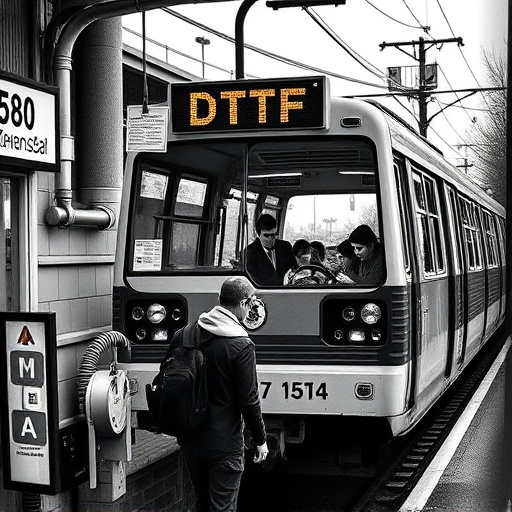
DTF, or Direct-to-Fabric, transfers are a cutting-edge technology revolutionizing the way we apply graphics to clothing. Unlike traditional printing methods that rely on ink, DTF transfers use a unique process where designs are printed onto a special paper that is then directly transferred onto the fabric of sweatshirts and hoodies. This innovative approach offers several advantages.
The DTF Transfer method ensures superior print quality, allowing for vibrant colors and intricate details to be replicated accurately. It’s an ideal solution for creating custom designs, as it can accommodate complex artwork with ease. Additionally, this technology is highly versatile, suitable for various fabric types and colors, making it a popular choice among clothing manufacturers and designers looking to bring their creative visions to life on wearable merchandise.
Benefits of DTF for Sweatshirts and Hoodies

Direct-to-fabric (DTF) transfers offer a multitude of benefits for sweatshirts and hoodies, revolutionizing the way these garments are designed and personalized. One of the key advantages is their durability; DTF inks are fused directly into the fabric fibers, creating a long-lasting, scratch-resistant print that retains its vibrancy even after numerous washes. This makes them ideal for items intended for everyday use, like activewear or streetwear.
Additionally, DTF printing allows for a wide range of design possibilities and high-quality visuals. Unlike traditional methods, it can reproduce intricate details, bold colors, and even photographic images seamlessly on the fabric surface. This level of customization enables businesses to create unique, personalized sweatshirts and hoodies, catering to individual preferences and enhancing brand visibility.
The Printing Process: From Design to Final Product

The process of creating film transfers for application on sweatshirts and hoodies, specifically using Direct to Fabric (DTF) transfers, involves several intricate steps. It all begins with the initial design phase where artists meticulously craft or modify artwork suitable for this medium. This could involve vectorization of images to ensure smooth lines and precise detail reproduction when scaled up for printing.
Once approved, the design is prepared for printing using specialized software that prepares the art for the DTF transfer machine. The machine then precisely applies heat and pressure to transfer the ink directly onto the fabric, creating a vibrant, long-lasting image. This method allows for a wide range of colors and intricate details, making it ideal for showcasing custom designs on apparel. After printing, the transferred garments undergo quality checks to ensure the final product meets the desired standards before packaging and distribution.
Choosing the Right Materials for Optimal Results
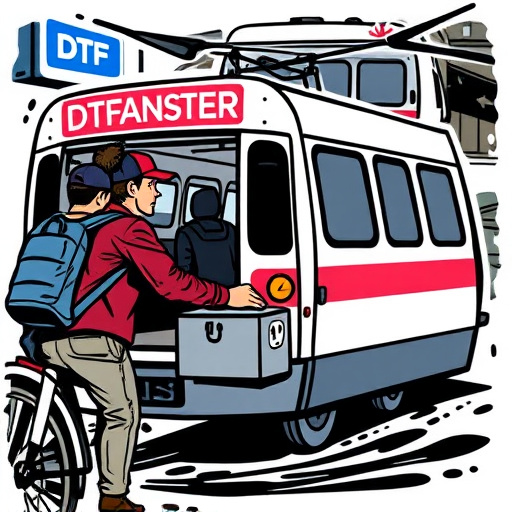
When it comes to creating film transfers for sweatshirts and hoodies, selecting the appropriate materials is paramount to achieving optimal results with your DTF (Direct to Fabric) transfer method. The fabric’s composition and structure play a significant role in determining the final print quality. For best results, opt for fabrics that offer a smooth surface, excellent ink absorption, and minimal stretch or shrinkage. Cotton and polyester blends are popular choices due to their versatility and ability to produce sharp, vibrant prints.
Additionally, considering the weight of the fabric is essential. Heavier fabrics provide a more stable base for the transfer, reducing the likelihood of smudging or bleeding during application. Moreover, pre-treating the fabric with appropriate primers or coatings can enhance ink adhesion, ensuring a longer-lasting and more durable print. This preparation step is crucial when working with DTF transfers to guarantee that your designs look as intended even after frequent washing.
Design Considerations for Effective Visual Impact
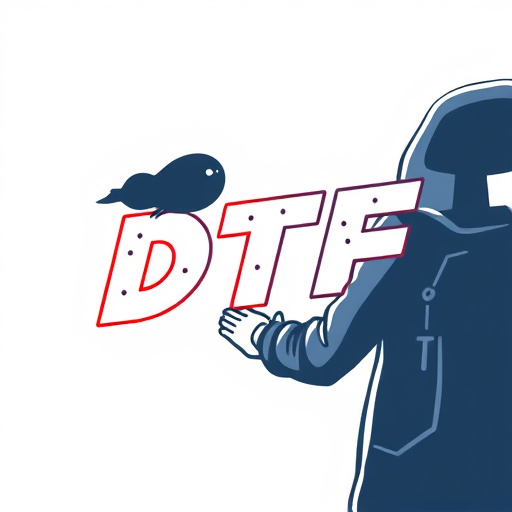
When designing film transfers for application on sweatshirts and hoodies, several key considerations come into play to ensure an effective visual impact. The first step is to choose a high-quality DTF (Direct to Fabric) transfer that aligns with your desired aesthetic. This involves selecting appropriate colors, resolution, and image complexity to capture the essence of your design while maintaining clarity when printed on various fabric types.
Additionally, understanding the target audience and their preferences is vital. Consider the overall style and theme of the sweatshirt or hoodie, whether it’s a minimalist look, vibrant graphics, or subtle text. The design should complement the garment without overpowering it. Proper file formatting, including proper use of outlines and bleeds, ensures precise cutting during the transfer process, resulting in clean lines and a professional finish on the final product.
Popular Applications and Customization Ideas
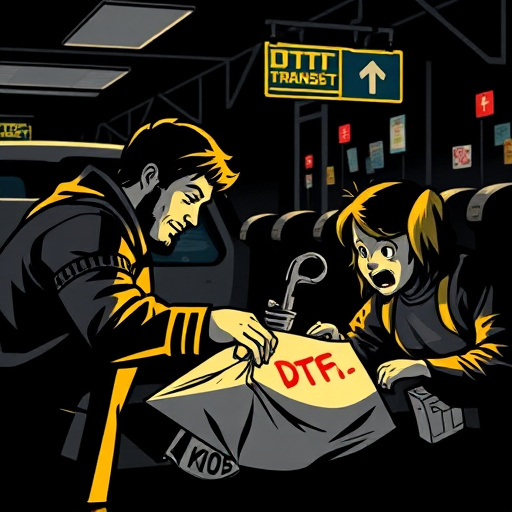
Film transfers, particularly Digital Transfer Film (DTF), have become a popular choice for creating unique designs on sweatshirts and hoodies. DTF allows for high-quality, detailed prints that can transform ordinary clothing into statement pieces. One of the most common applications is custom apparel, where individuals or businesses can create one-of-a-kind designs, logos, or artwork to represent their brand or personal style. This method is especially favored by small businesses and artists looking to stand out in a crowded market.
Customization ideas are endless with DTF transfers. You can print iconic movie posters, vintage illustrations, or even personalized photos onto fabric. Some creative approaches include incorporating pop culture references, designing abstract art, or recreating famous paintings. These customizable features make DTF transfers an exciting option for those seeking to express their individuality and creativity through fashion.







